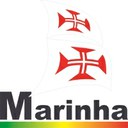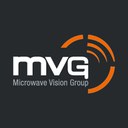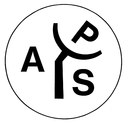Invited: Combination of Free Space Optics (FSO) and RF for Different Wireless Application Scenarios
 Erich Leitgeb
Erich Leitgeb
Graz University of Technology, Austria
Abstract
In this contribution Free Space Optics (FSO) in combination with other wireless technologies (including WLAN and satellite communications) is presented. Modular communication systems are considered, which allows worldwide access to the Internet or other networks by combining satellite communications, FSO, Wireless LAN, Local Multipoint Distribution System (LMDS) and DVB-T (terrestrial digital video broadcast). Wireless LAN offers connectivity to mobile users in a network cell, Free Space Optics allows quick installation of broadband fixed wireless links instead of cables and satellite communications provides a backbone between distant locations in the world. DVB-T is the current video broadcast standard (instead of former analogue TV) and will also be used for Internet-access (see project SEE TV-WEB). Different scenarios (and results) using modular wireless technologies are shown. A brief introduction at the begin shows the advantages and disadvantages of Optical Wireless (also called Free Space Optics, FSO) compared to Fibre and RF technologies. The first part of the talk is focused on increasing the interest on Free Space Optics. A rough overview to the physical/electrical description of the various components, notably emitters (light sources), receivers (light detectors) and the transmission medium and -techniques are given. A look into the basics, describes the main influences on the reliability and availability of Free Space Optics units using this technology in the atmosphere. The effects like molecular absorption, scattering on small particles and atmospheric turbulences are discussed and the main limiting factors of FSO are demonstrated in this talk. Detailed fog measurements within international projects and the relevant influence on Free Space Optics are shown. Techniques to overcome the high attenuation of fog and clouds for Free Space Optics are presented and discussed and will increase the overall availability and reliability.
CV
Erich Leitgeb was born in 1964 in Fürstenfeld (Styria, Austria) and received his master degree at the University of Technology Graz in 1994. From 1982 to 1984 he attended the military service, including a training to an officer for Communications in the Austrian army, and he is still active as an expert (as Lieutenant-Colonel) in military communications. In 1994 he started research in Optical Communications at the Department of Communications and Wave Propagation and in February 1999 he received his PhD-degree with honours. Since January 2000 he is involved in international projects (like COST 270, EU project SatNEx / SatNEx 2, COST 291, COST IC0802 and IC1101) in different functions. Since 2011, he is the responsible Professor for the Optical and Wireless Communications at the Institute of Microwave and Photonic Engineering at TU Graz. He is giving lectures in Optical Communications, Antennas, Wave Propagation and Microwaves.


































